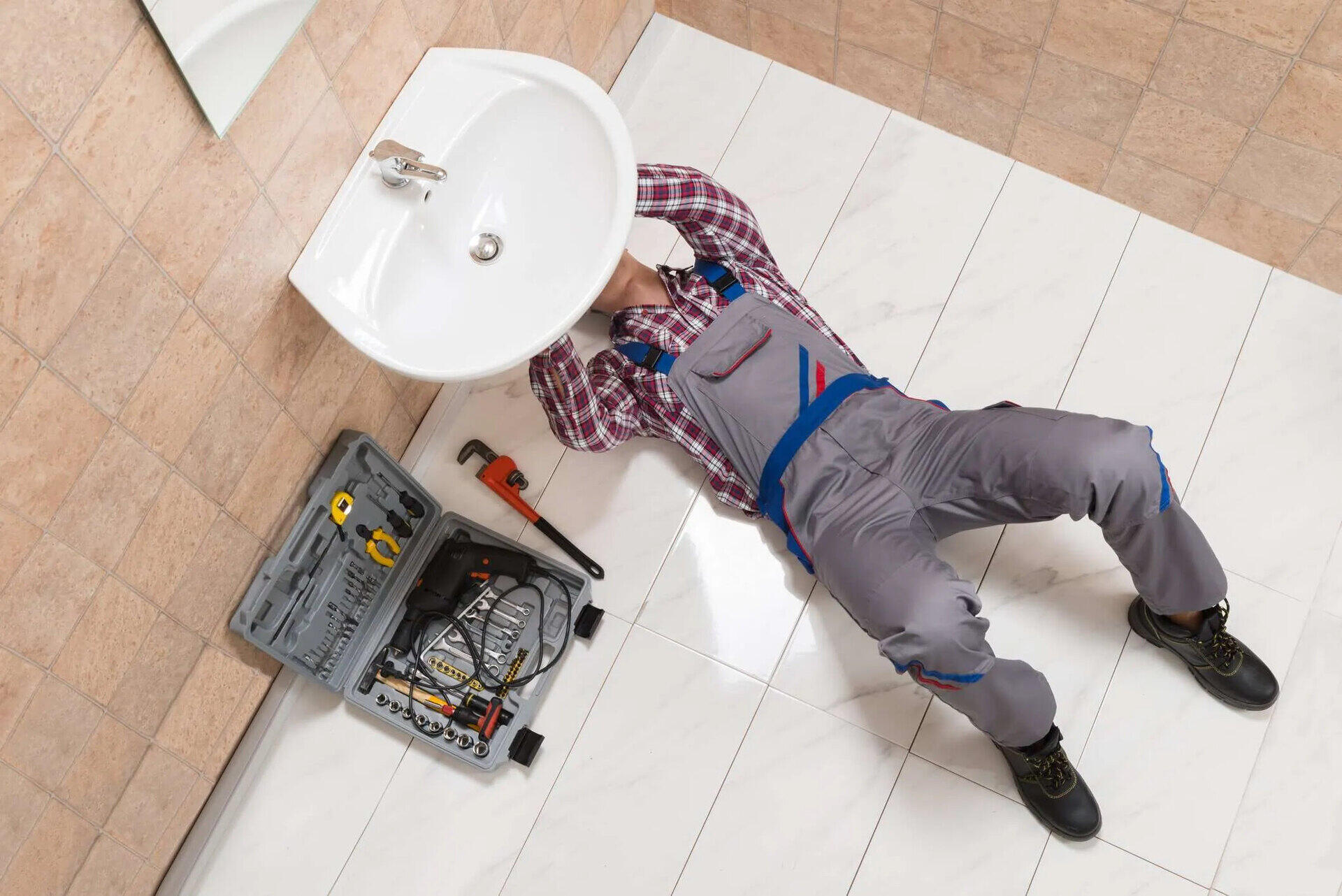

Articles
How To Clear A Clogged Bathroom Sink Drain
Modified: February 23, 2024
Learn effective techniques and methods to clear a clogged bathroom sink drain with our informative articles. Say goodbye to blocked drains and hello to a smoothly flowing sink.
(Many of the links in this article redirect to a specific reviewed product. Your purchase of these products through affiliate links helps to generate commission for Storables.com, at no extra cost. Learn more)
Introduction
A clogged bathroom sink drain can be a major inconvenience, causing water to back up and preventing you from using your sink properly. Whether it’s toothpaste residue, hair, soap scum, or other debris, a clogged drain can quickly turn into a frustrating problem if not addressed promptly.
In this article, we will provide you with a step-by-step guide on how to clear a clogged bathroom sink drain. We will also discuss some common causes of clogs and offer prevention tips to help you avoid future plumbing issues.
So, if you’re tired of dealing with a slow-draining sink or standing water in your bathroom, keep reading to learn how to clear your clogged bathroom sink drain effectively and efficiently.
Common Causes of Clogged Bathroom Sink Drains
Before diving into the steps to clear a clogged sink drain, it’s important to understand some of the common causes of these clogs. This knowledge can help you prevent clogs from occurring in the future. Here are a few common culprits:
1. Hair: One of the primary causes of clogged bathroom sink drains is hair. As you use your sink to wash your face, brush your teeth, or shave, hair can easily accumulate in the drain. Over time, this hair can form a tangled mess that restricts water flow.
2. Soap Scum: Another common cause of clogs is soap scum. When soap mixes with hard water, it creates a sticky residue that can coat the inside of your drainpipes. This residue can accumulate and trap other debris, leading to a clog.
3. Toothpaste Residue: Toothpaste contains ingredients like fluoride and calcium carbonate, which can harden over time and create blockages in your drain.
4. Foreign Objects: Sometimes, small objects like jewelry, bottle caps, or cotton swabs can accidentally fall into the sink drain and cause a blockage. These objects can be challenging to remove without proper tools.
Key Takeaways:
- Prevent clogs by using a drain strainer, flushing with hot water, and being mindful of what goes down the drain. Regular maintenance and proactive habits can keep your bathroom sink drain clear and functional.
- Clear clogs effectively using tools like a plunger and wire hanger, along with natural ingredients like baking soda and vinegar. Promptly addressing clogs can save you from the inconvenience and potential water damage.
Read more: How To Drain Clogged Sink
Tools and Materials Needed
To clear a clogged bathroom sink drain, you’ll need the following tools and materials:
1. Plunger: A plunger is a versatile tool that can be used to clear various types of clogs, including sink drains. Make sure you have a sink plunger specifically designed for flat sink drains.
2. Bucket: A bucket will come in handy to catch any excess water or debris that may come out of the drain during the unclogging process.
3. Wire Hanger: A wire hanger can be used to fish out any blockages that may be stuck in the drain.
4. Baking Soda and Vinegar: Baking soda and vinegar are natural and effective ingredients for breaking up blockages and clearing drains.
5. Rubber Gloves: Wearing rubber gloves will protect your hands from any debris or chemicals you may encounter while clearing the clog.
Now that we know the common causes of clogged bathroom sink drains and the tools and materials we need, let’s move on to the step-by-step guide to clear a clogged bathroom sink drain.
Common Causes of Clogged Bathroom Sink Drains
Before diving into the steps to clear a clogged sink drain, it’s important to understand some of the common causes of these clogs. This knowledge can help you prevent clogs from occurring in the future. Here are a few common culprits:
1. Hair: One of the primary causes of clogged bathroom sink drains is hair. As you use your sink to wash your face, brush your teeth, or shave, hair can easily accumulate in the drain. Over time, this hair can form a tangled mess that restricts water flow. It’s recommended to use a hair strainer or drain guard to catch hair and prevent it from going down the drain.
2. Soap Scum: Another common cause of clogs is soap scum. When soap mixes with hard water, it creates a sticky residue that can coat the inside of your drainpipes. This residue can accumulate and trap other debris, leading to a clog. To minimize soap scum buildup, try using liquid soap instead of bar soap, or periodically clean your drain with baking soda and vinegar.
3. Toothpaste Residue: Toothpaste contains ingredients like fluoride and calcium carbonate, which can harden over time and create blockages in your drain. When you rinse your mouth and spit out toothpaste residue, it goes down the drain and can eventually lead to a clog. To prevent this, run plenty of water while rinsing your mouth and consider using mouthwash to minimize the amount of toothpaste residue going into the sink.
4. Foreign Objects: Sometimes, small objects like jewelry, bottle caps, or cotton swabs can accidentally fall into the sink drain and cause a blockage. When foreign objects get lodged in the drain, they can create a barrier that prevents water from flowing freely. It’s important to be mindful of what you’re putting near your sink and avoid dropping small objects down the drain.
5. Hard Water Deposits: If you have hard water in your area, mineral deposits can accumulate inside your pipes and eventually lead to clogs. Hard water contains high levels of minerals like calcium and magnesium, which can leave behind hard, scaly deposits. Installing a water softener or using a descaling agent periodically can help prevent these deposits from building up and clogging your sink drain.
By understanding these common causes of clogged bathroom sink drains, you can take proactive steps to prevent clogs from occurring. Regular maintenance and practicing good habits, such as using drain guards and being mindful of what goes down the drain, can go a long way in keeping your sink drain clear and functioning properly. In the next section, we will explore the tools and materials you’ll need to clear a clog and restore your sink’s functionality.
Key Takeaways:
- Prevent clogs by using a drain strainer, flushing with hot water, and being mindful of what goes down the drain. Regular maintenance and proactive habits can keep your bathroom sink drain clear and functional.
- Clear clogs effectively using tools like a plunger and wire hanger, along with natural ingredients like baking soda and vinegar. Promptly addressing clogs can save you from the inconvenience and potential water damage.
Read more: How To Drain Clogged Sink
Tools and Materials Needed
To clear a clogged bathroom sink drain, you’ll need the following tools and materials:
1. Plunger: A plunger is a versatile tool that can be used to clear various types of clogs, including sink drains. Make sure you have a sink plunger specifically designed for flat sink drains. The plunger works by creating suction and pressure to dislodge the clog. It’s a good idea to have a plunger on hand for any unexpected clogs that may occur.
2. Bucket: A bucket will come in handy to catch any excess water or debris that may come out of the drain during the unclogging process. Place the bucket directly underneath the sink to prevent any mess or water damage to the surrounding area.
3. Wire Hanger: A wire hanger can be used to fish out any blockages that may be stuck in the drain. Straighten out a wire hanger and create a small hook at one end. Insert the hooked end into the drain and try to dislodge the clog or pull out any debris that may be causing the obstruction.
4. Baking Soda and Vinegar: Baking soda and vinegar are natural and effective ingredients for breaking up blockages and clearing drains. You’ll need about 1/2 cup of baking soda and 1/2 cup of vinegar. These ingredients will create a chemical reaction that helps dissolve the clog. Their foaming action also helps dislodge any debris in the drain.
5. Rubber Gloves: Wearing rubber gloves is essential to protect your hands from any debris or chemicals you may encounter while clearing the clog. The gloves will provide a barrier between your skin and any potentially harmful substances.
6. Hot Water: Hot water can help loosen and flush away clogs in the drain. Boil a pot of hot water or use very hot tap water to pour down the drain after attempting to clear the clog. Hot water can help break down any remaining debris and improve drainage.
Having these tools and materials ready will make the process of clearing a clogged bathroom sink drain more efficient. Now that you have everything you need, let’s move on to the step-by-step guide on how to clear a clogged sink drain effectively and restore your sink’s functionality.
Pour a mixture of 1/2 cup of baking soda and 1/2 cup of vinegar down the drain, followed by hot water. Let it sit for 15 minutes, then flush with hot water to clear the clog.
Step-by-Step Guide to Clear a Clogged Bathroom Sink Drain
Follow these steps to effectively clear a clogged bathroom sink drain and restore proper drainage:
1. Remove any standing water: If there is standing water in the sink, use a cup or a bucket to remove as much water as possible. This will make it easier to work on clearing the clog without excess water getting in the way.
2. Inspect the drain opening: Take a look at the drain opening and remove any visible debris, such as hair or soap residue, using gloved hands or tweezers. Dispose of the debris in a waste bin.
3. Use a plunger: Place the plunger over the drain opening, ensuring that it creates a tight seal. Push down gently and then pull up rapidly to create suction and pressure that will help dislodge the clog. Repeat this motion several times, and then quickly remove the plunger to allow water to rush down and flush out the clog. If necessary, repeat this step a few times to completely clear the drain.
4. Try the wire hanger method: Straighten out a wire hanger and create a small hook at one end. Insert the hooked end into the drain and carefully maneuver it to dislodge any remaining blockage. Pull out any debris that you can reach. Be cautious not to push the clog further down the drain. Once you’ve removed any visible debris, run hot water down the drain to flush it out.
5. Create a baking soda and vinegar mixture: Pour about 1/2 cup of baking soda down the drain, ensuring that it goes as far into the pipe as possible. Follow this with 1/2 cup of vinegar. The mixture will create a fizzy reaction that helps break down buildup and clears the drain. Allow the mixture to sit for about 15 minutes to fully work.
6. Flush with hot water: After the baking soda and vinegar have had time to work, flush the drain with boiling water or very hot tap water. This hot water will help clear away any remaining debris.
7. Test the drainage: Run water in the sink to check if the clog has been cleared. The water should now flow freely down the drain.
If the clog persists, you may need to repeat these steps or consider using a drain snake or calling a professional plumber for further assistance.
Prevention Tips to Avoid Future Clogs
Now that your bathroom sink drain is clear, here are some prevention tips to help avoid future clogs:
1. Use a drain strainer: Install a drain strainer or guard to catch hair, soap residue, and other debris before it goes down the drain. Regularly clean the strainer to maintain adequate water flow.
2. Limit the amount of debris: Avoid allowing excessive toothpaste, soap, and hair buildup in the sink. Rinse the sink thoroughly after each use and wipe away any excess residue.
3. Flush the drain regularly: Periodically flush your drain with hot water. This can help prevent the buildup of soap scum and other substances.
4. Avoid dropping foreign objects: Be mindful of what you place near the sink and avoid accidentally dropping small objects that can cause blockages.
By following these prevention tips, you can maintain a clear and functional bathroom sink drain, reducing the chances of future clogs and inconveniences.
Prevention Tips to Avoid Future Clogs
Now that your bathroom sink drain is clear, it’s important to implement preventive measures to avoid future clogs. Here are some helpful tips to keep your drain flowing smoothly:
1. Use a drain strainer: Install a drain strainer or guard to catch hair, soap residue, and other debris before it goes down the drain. These inexpensive devices can be easily inserted into the drain opening and will prevent larger particles from clogging the pipes. Regularly clean the strainer to maintain adequate water flow.
2. Be mindful of what goes down the drain: Avoid allowing excessive toothpaste, soap, and hair buildup in the sink. Be conscious of how much toothpaste you use and rinse the sink thoroughly after each use. Similarly, minimize the amount of soap residue by using liquid soap or rinsing bar soap thoroughly before putting it in the sink.
3. Flush the drain regularly: Periodically flushing your drain with hot water can help prevent the buildup of soap scum and other substances. Boil a pot of hot water and carefully pour it down the drain. The hot water will help dissolve any potential blockages and keep the pipes clean. Repeat this process every few weeks to maintain optimal drain function.
4. Avoid pouring grease down the drain: Grease and oil can solidify and accumulate in the pipes, leading to stubborn clogs. Instead of pouring leftover grease down the drain, let it cool and dispose of it in solid form in the trash. To further prevent greasy residue from sticking to the drain, wipe down greasy dishes and pans with a paper towel before washing them.
5. Be cautious with small objects: Prevent small objects, such as jewelry or bottle caps, from accidentally falling into the sink drain. Keep these items away from the sink area and be mindful when handling them near the sink. If a small object does fall into the sink, retrieve it promptly to avoid any potential blockages.
6. Use enzyme-based drain cleaners: Enzyme-based drain cleaners are a more environmentally friendly option compared to chemical cleaners. These cleaners use natural enzymes to break down organic matter and help maintain clear and odor-free drains. Use them regularly as a preventive measure to keep your sink drain in good condition.
7. Schedule professional pipe cleaning: Consider scheduling periodic professional drain cleanings to ensure your pipes are clear of any buildup or potential clogs. Professional plumbers have specialized tools and equipment to thoroughly clean your pipes and remove any stubborn debris that may be causing issues.
By following these prevention tips, you can maintain a clear and functional bathroom sink drain, reducing the chances of future clogs and inconveniences. Remember, proactive maintenance and mindful practices are key to keeping your sink drain in optimal condition.
Conclusion
A clogged bathroom sink drain can be a frustrating issue, but with the right tools and knowledge, you can effectively clear the clog and restore proper drainage. By understanding the common causes of clogs, such as hair, soap scum, toothpaste residue, and foreign objects, you can take preventive measures to avoid future clogs.
Remember to use a drain strainer or guard to catch debris, be mindful of what goes down the drain, and regularly flush the drain with hot water to keep it clean. Additionally, avoiding pouring grease down the drain and being cautious with small objects can go a long way in preventing clogs.
In the event that you do encounter a clog, following our step-by-step guide can help you effectively clear the clog using tools like a plunger and wire hanger, along with using natural ingredients like baking soda and vinegar. However, if the clog persists or if you’re uncomfortable handling it yourself, don’t hesitate to call a professional plumber for assistance.
By implementing these prevention tips and promptly addressing clogs, you can maintain a clear and functional bathroom sink drain, saving yourself from the inconvenience and potential water damage caused by clogs.
Remember, the key to a healthy and clog-free sink drain is regular maintenance and mindful habits. By being proactive and practicing good drain care, you can enjoy a smoothly flowing sink and avoid the hassle and expense of dealing with clogs in the future.
So, take the necessary steps to keep your bathroom sink drain clear, and enjoy the peace of mind that comes with knowing your sink will always be ready for use whenever you need it.
Frequently Asked Questions about How To Clear A Clogged Bathroom Sink Drain
Was this page helpful?
At Storables.com, we guarantee accurate and reliable information. Our content, validated by Expert Board Contributors, is crafted following stringent Editorial Policies. We're committed to providing you with well-researched, expert-backed insights for all your informational needs.
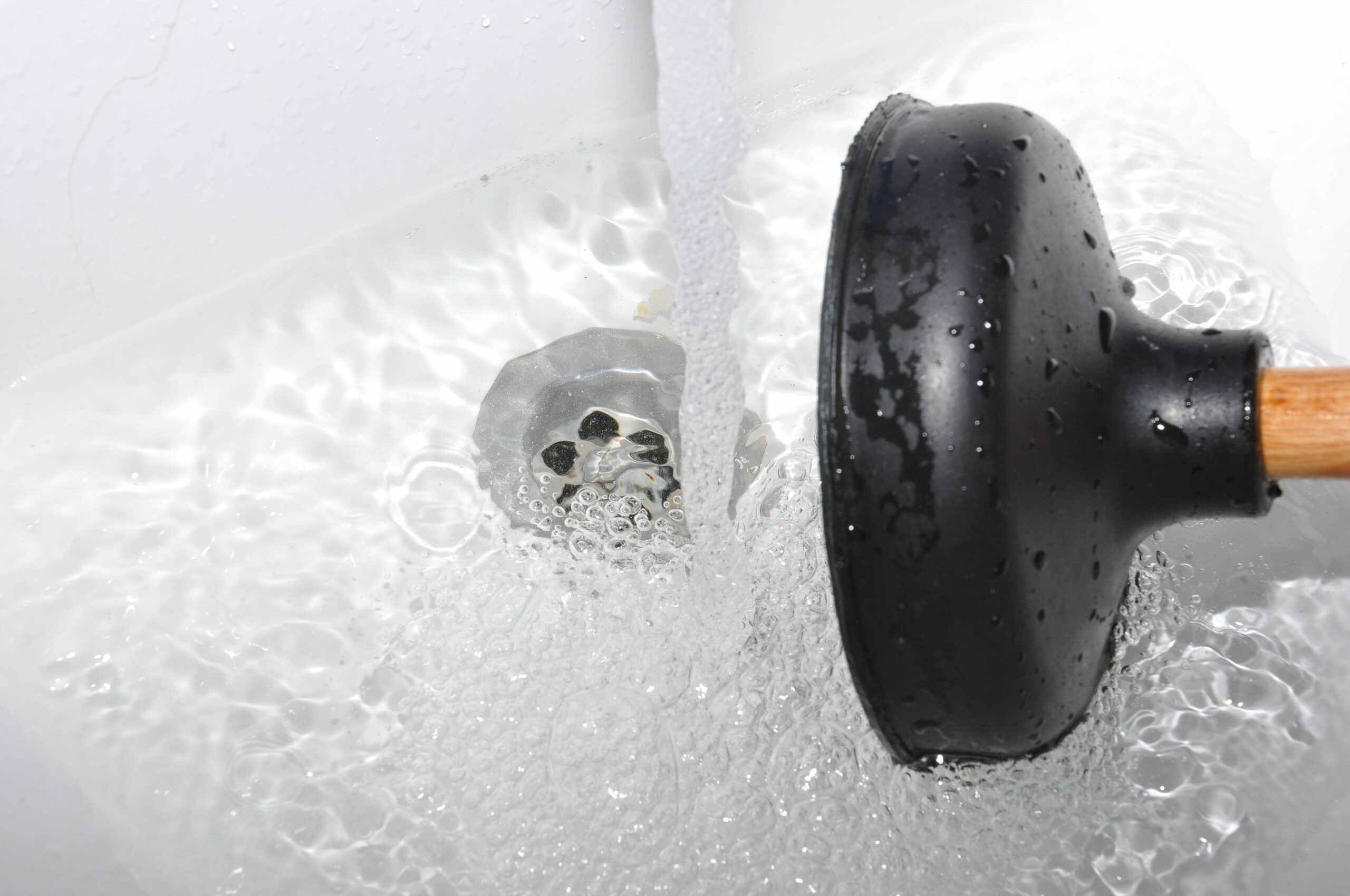
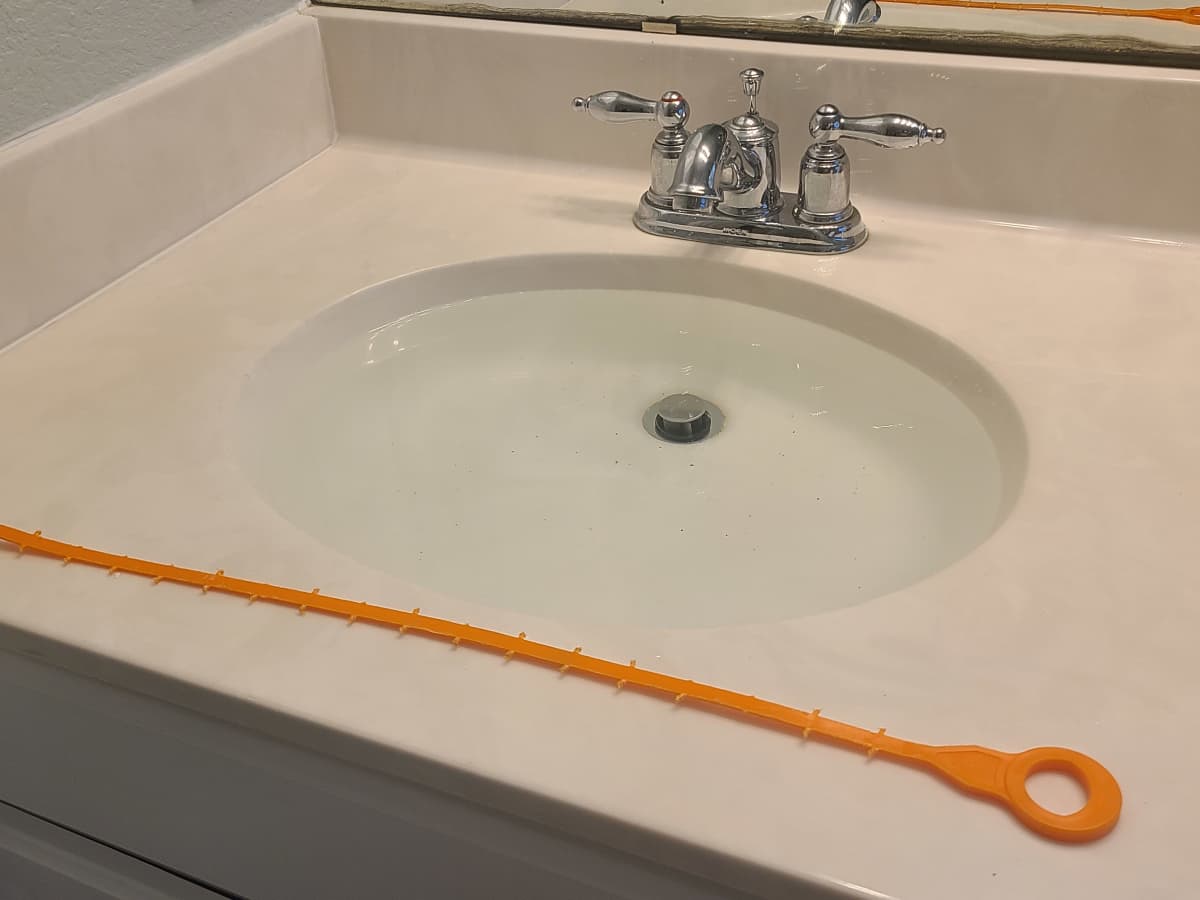
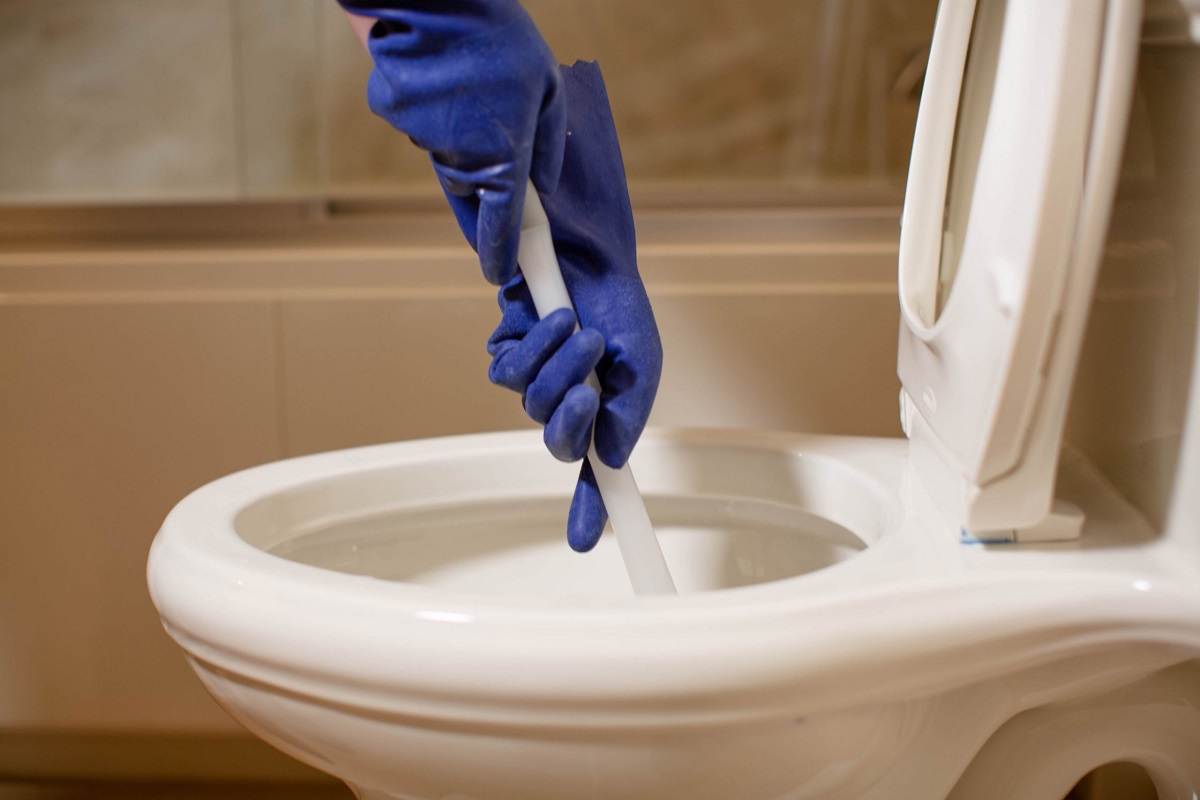
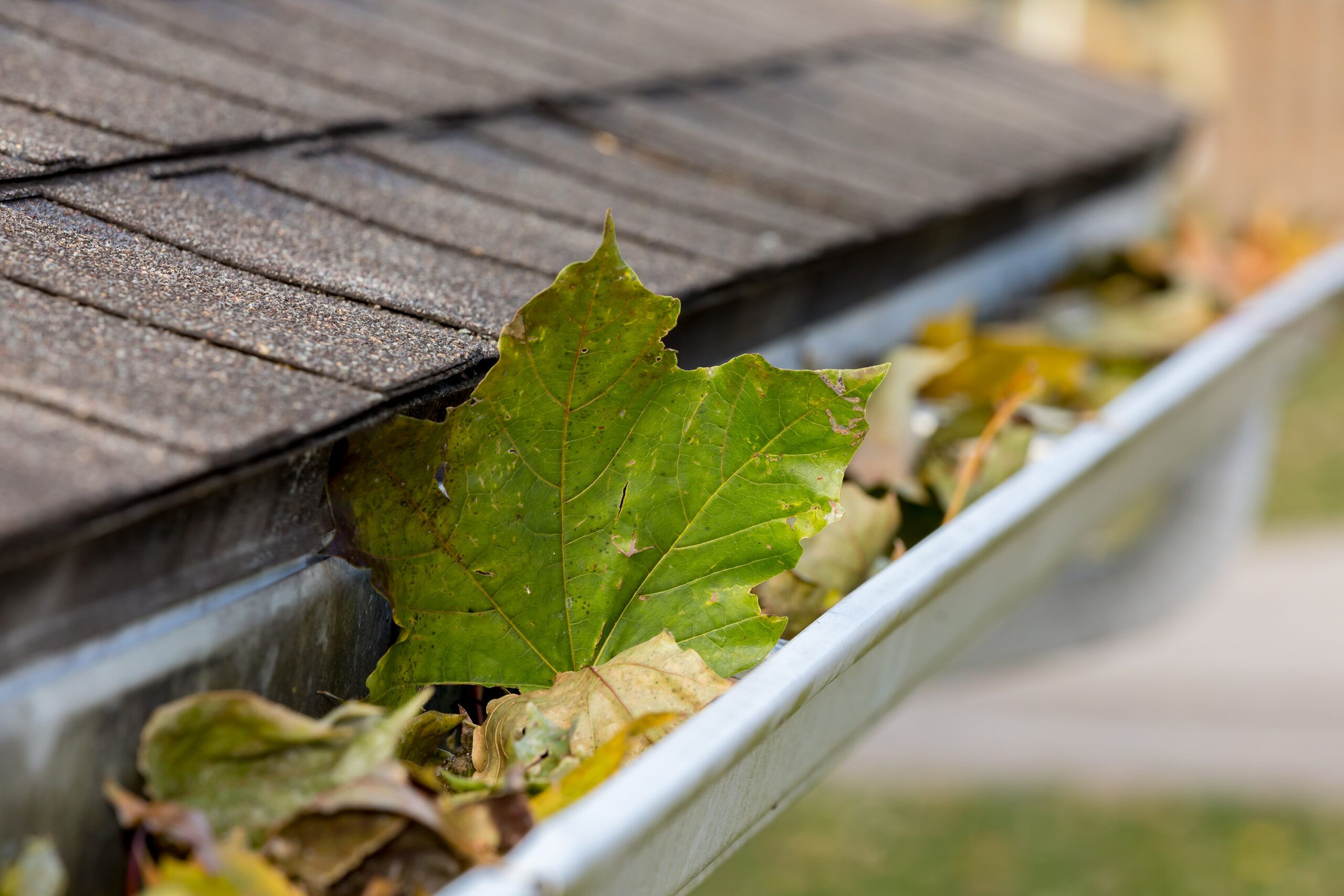
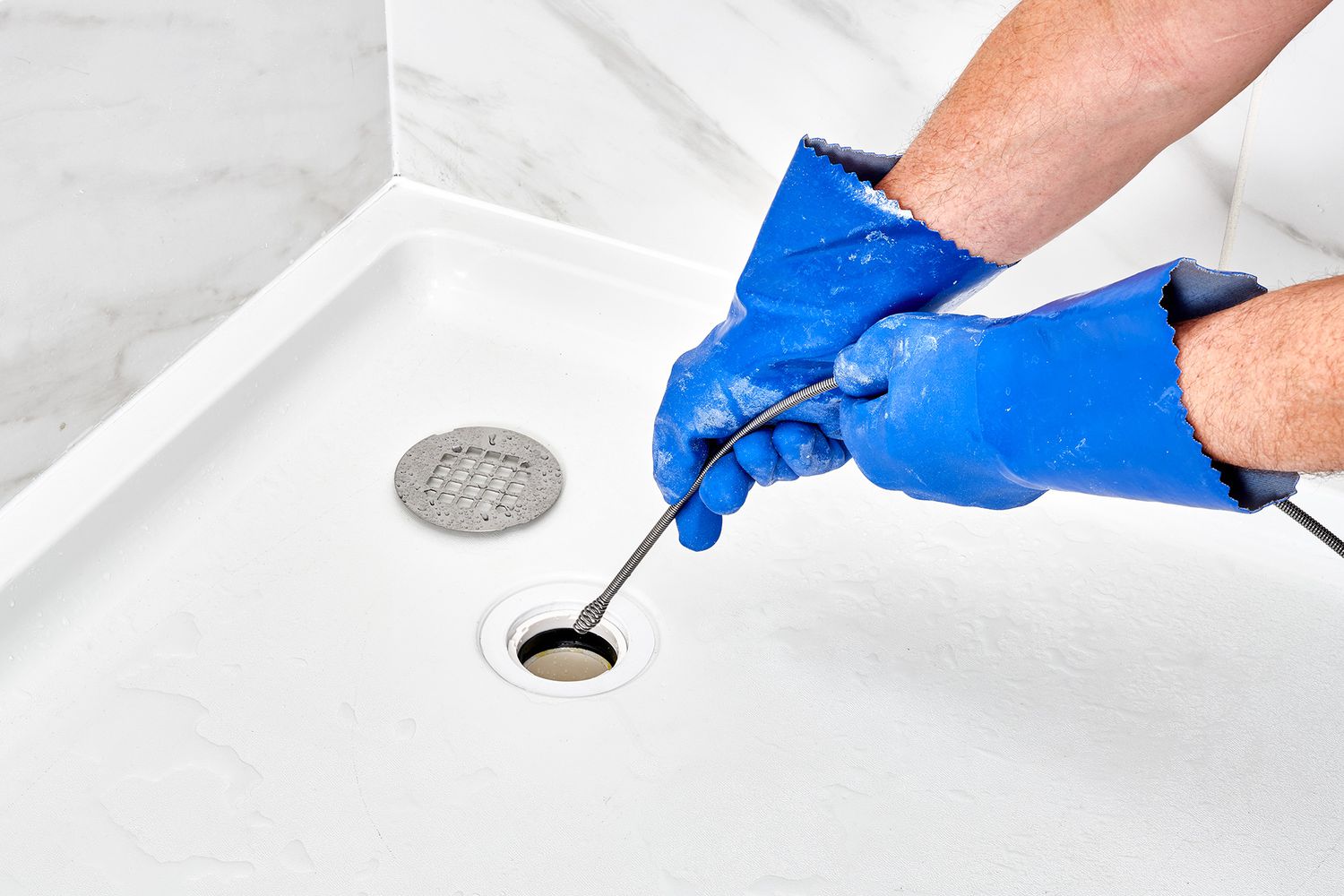
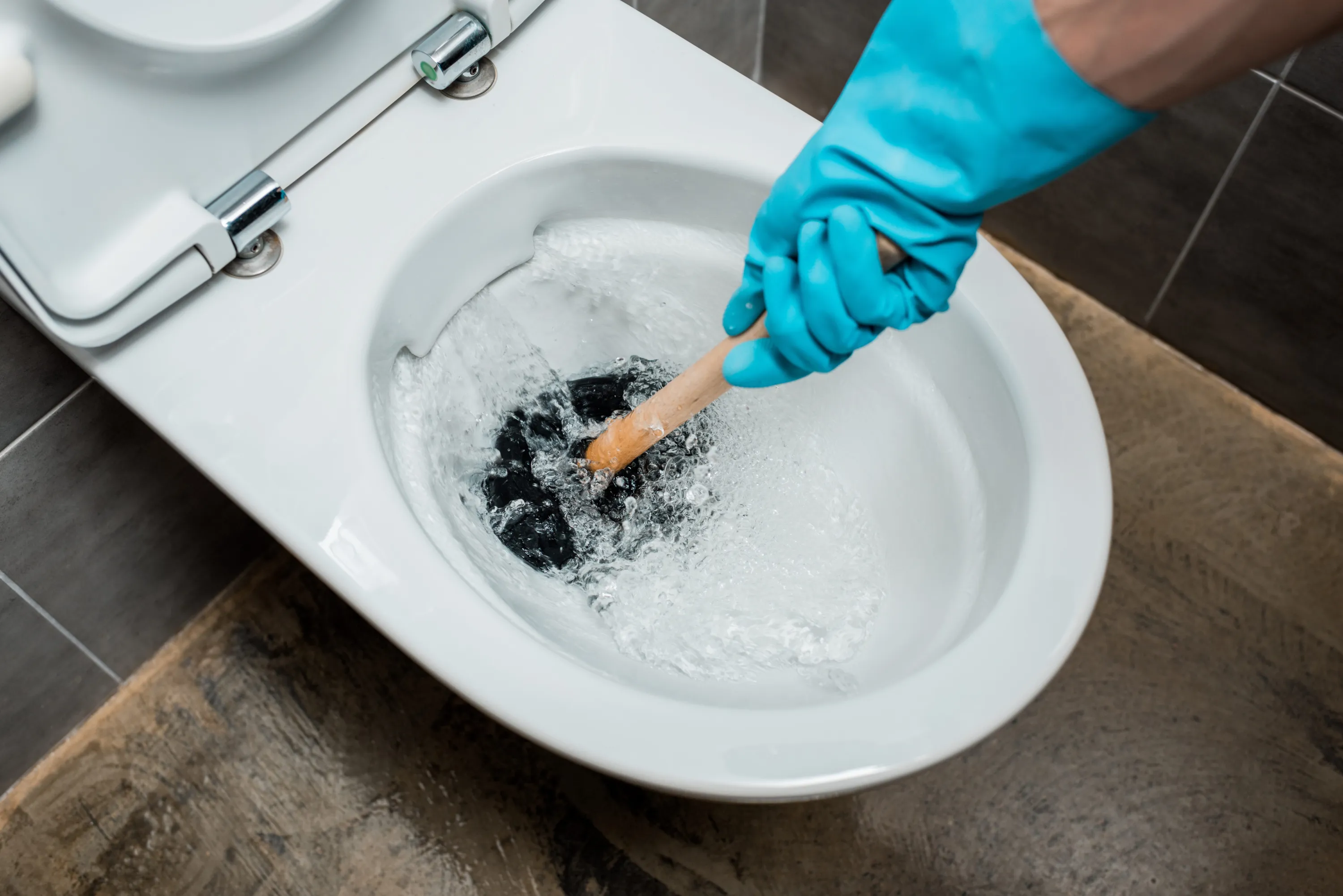
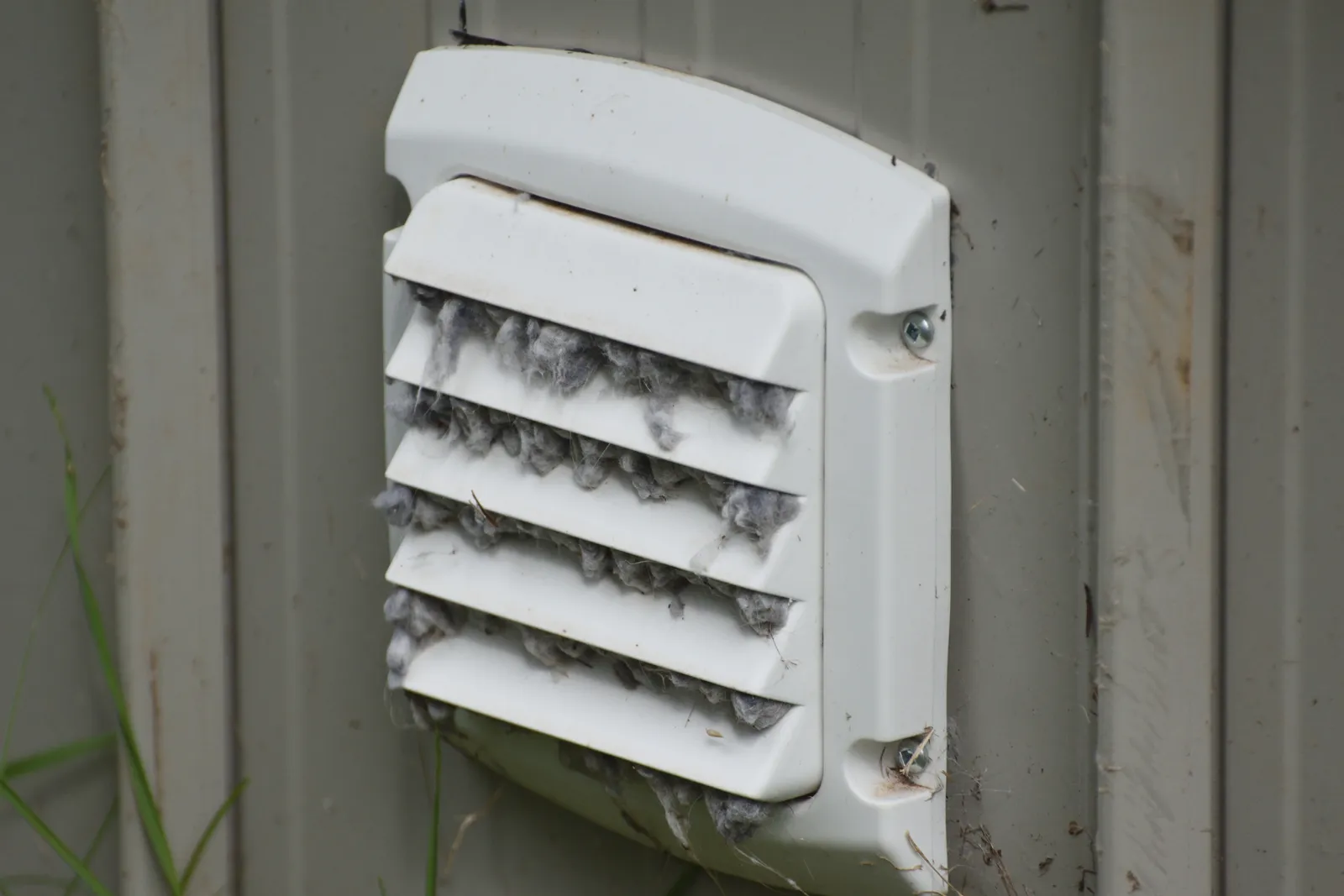
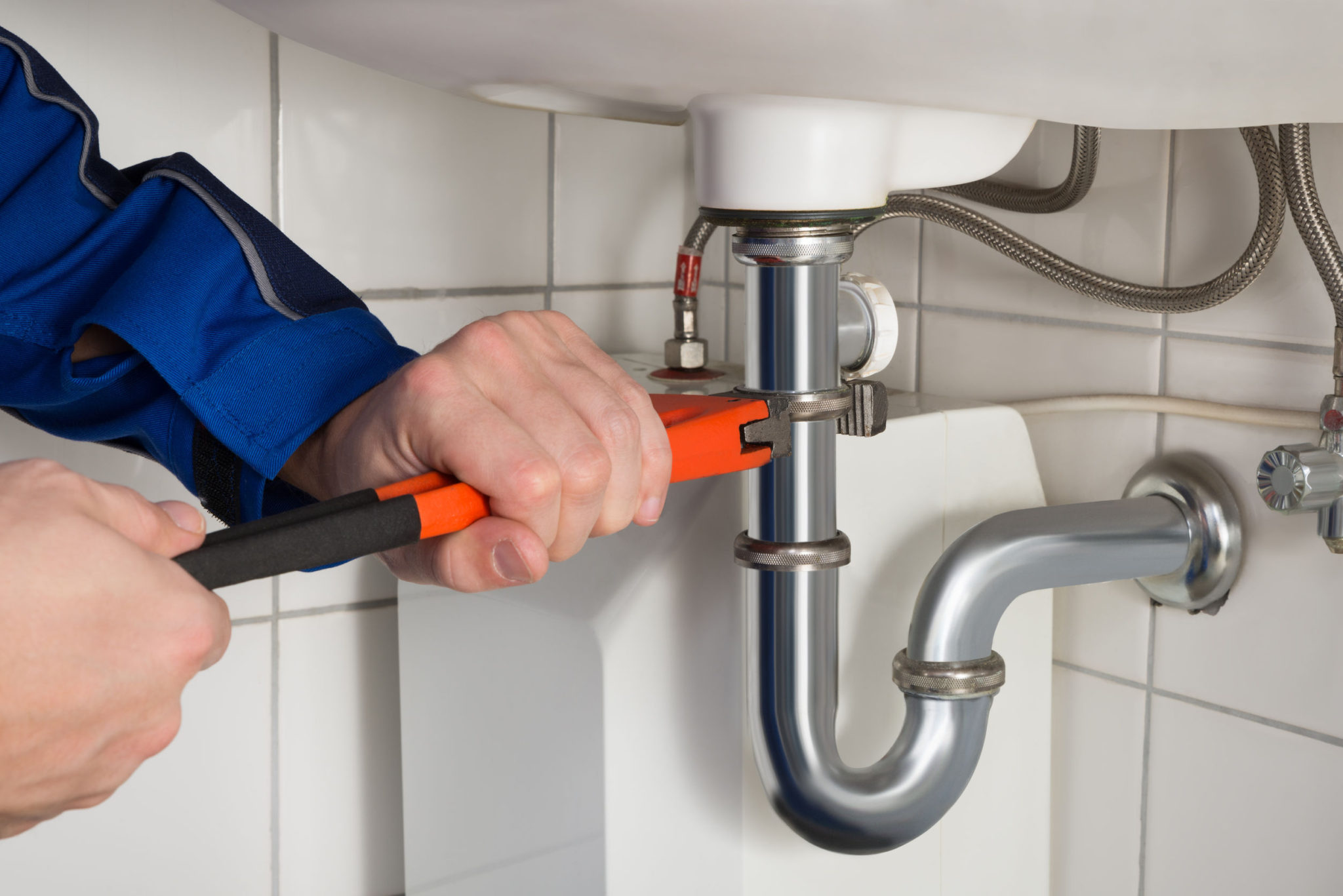
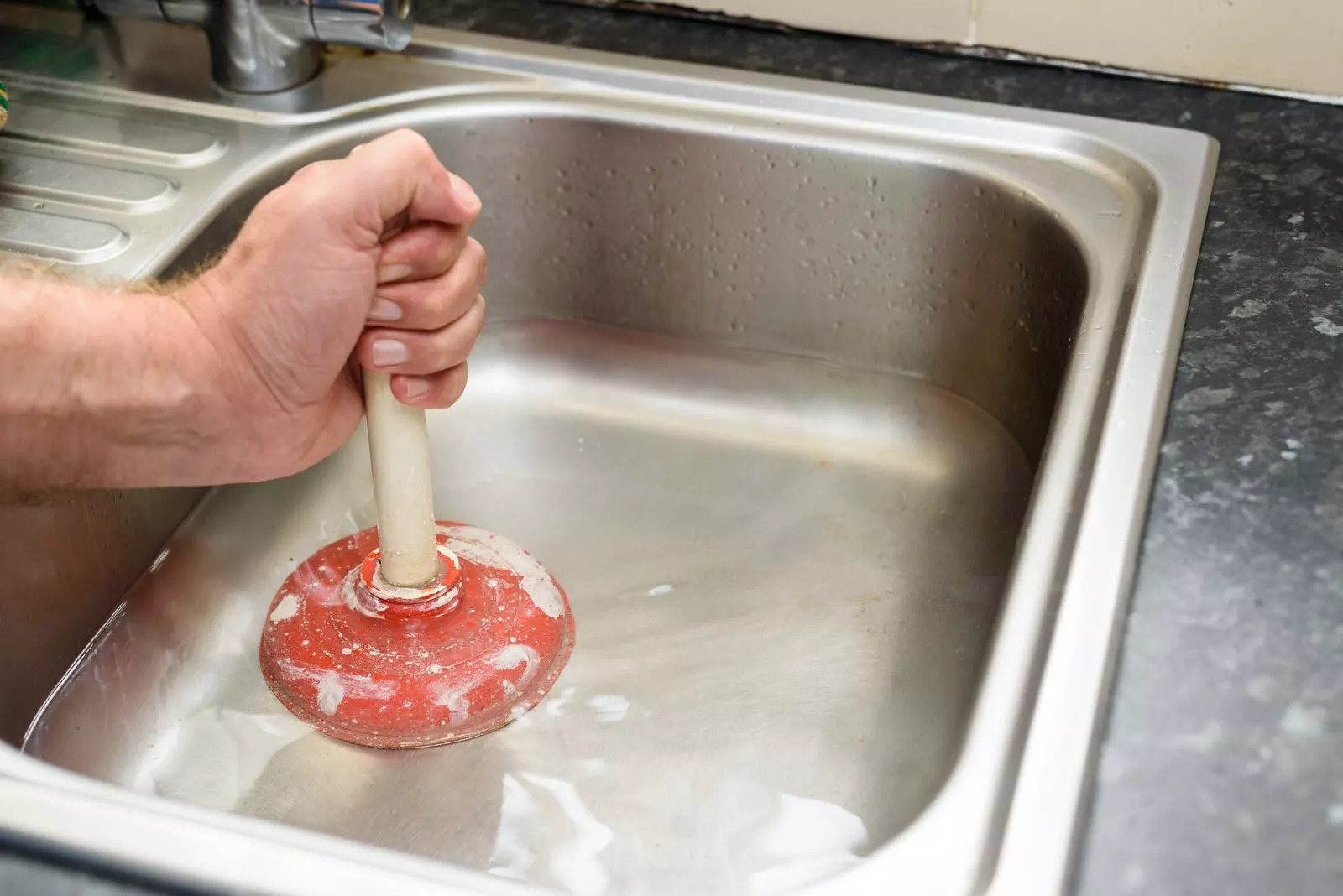
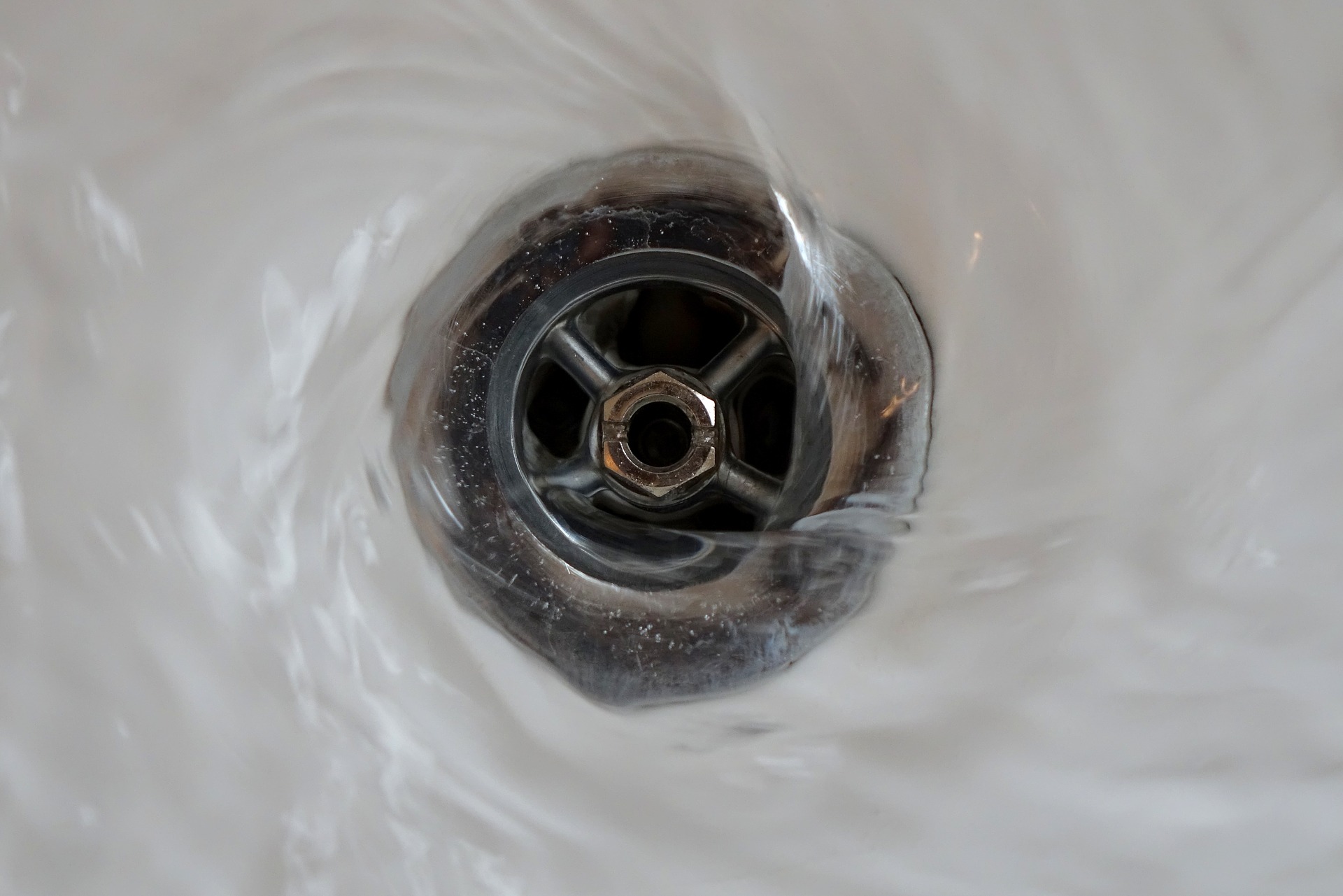
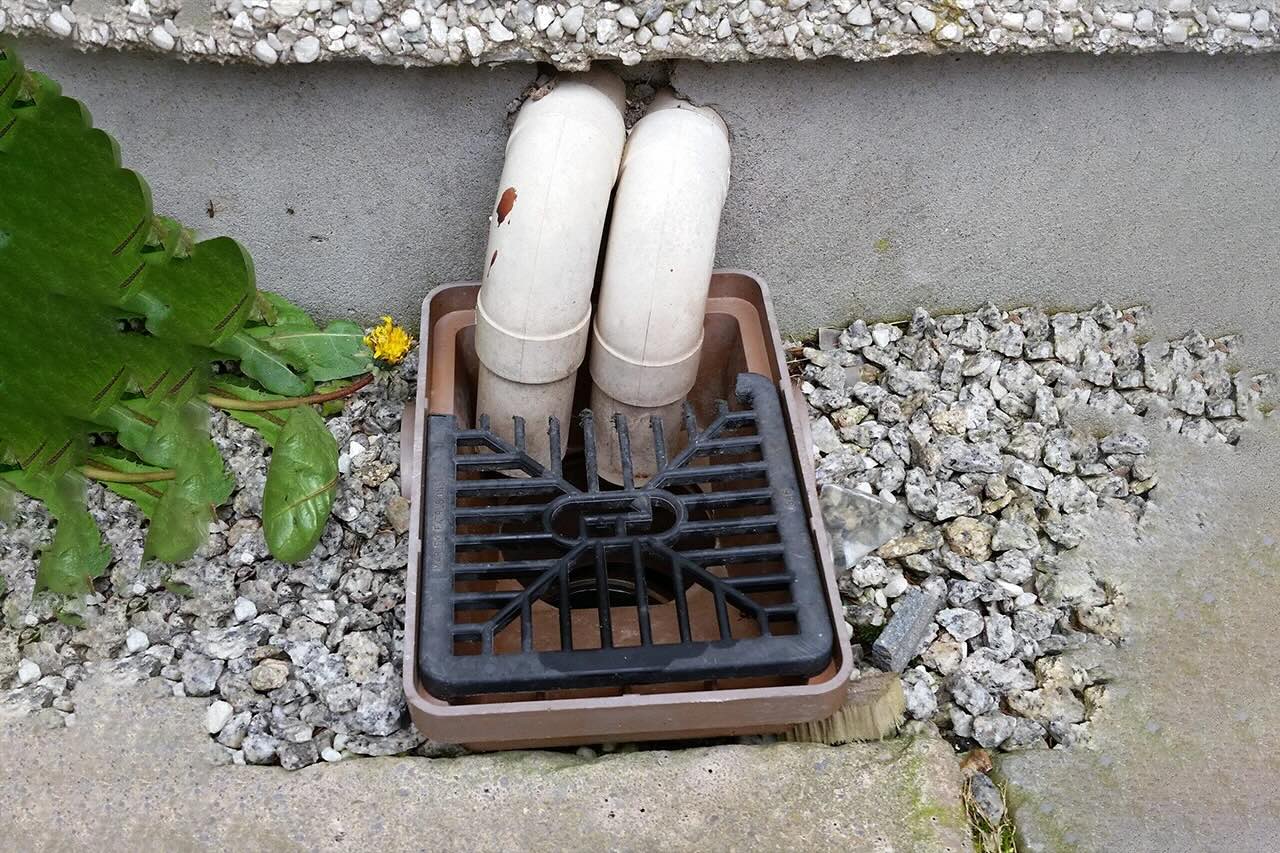
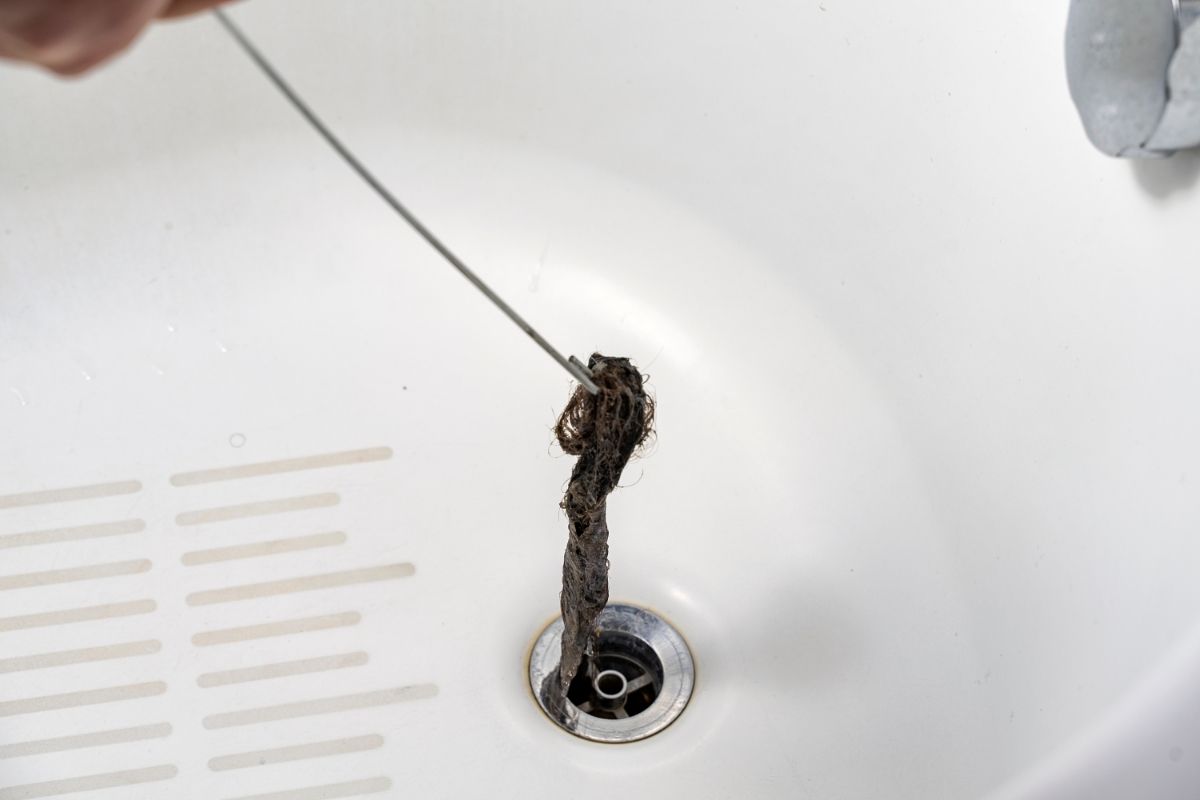
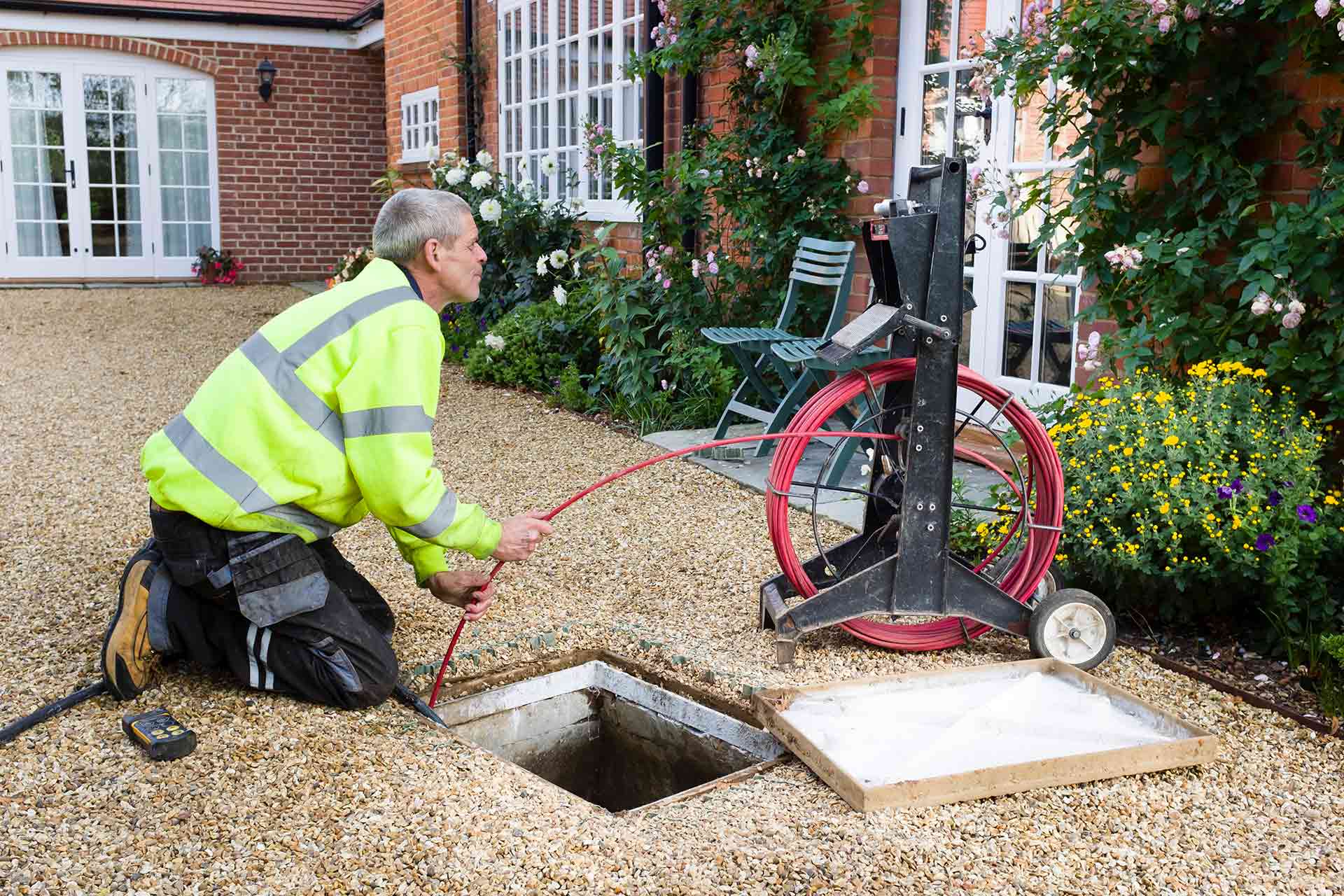
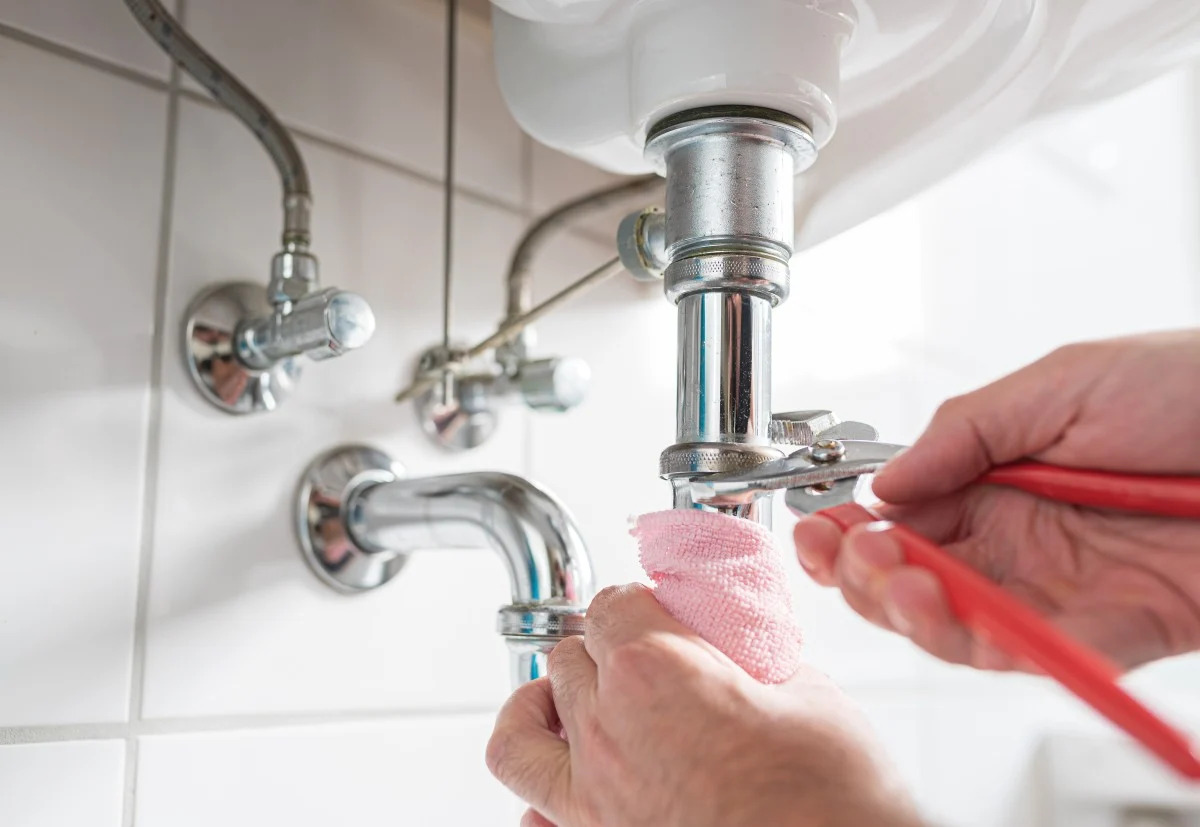

0 thoughts on “How To Clear A Clogged Bathroom Sink Drain”